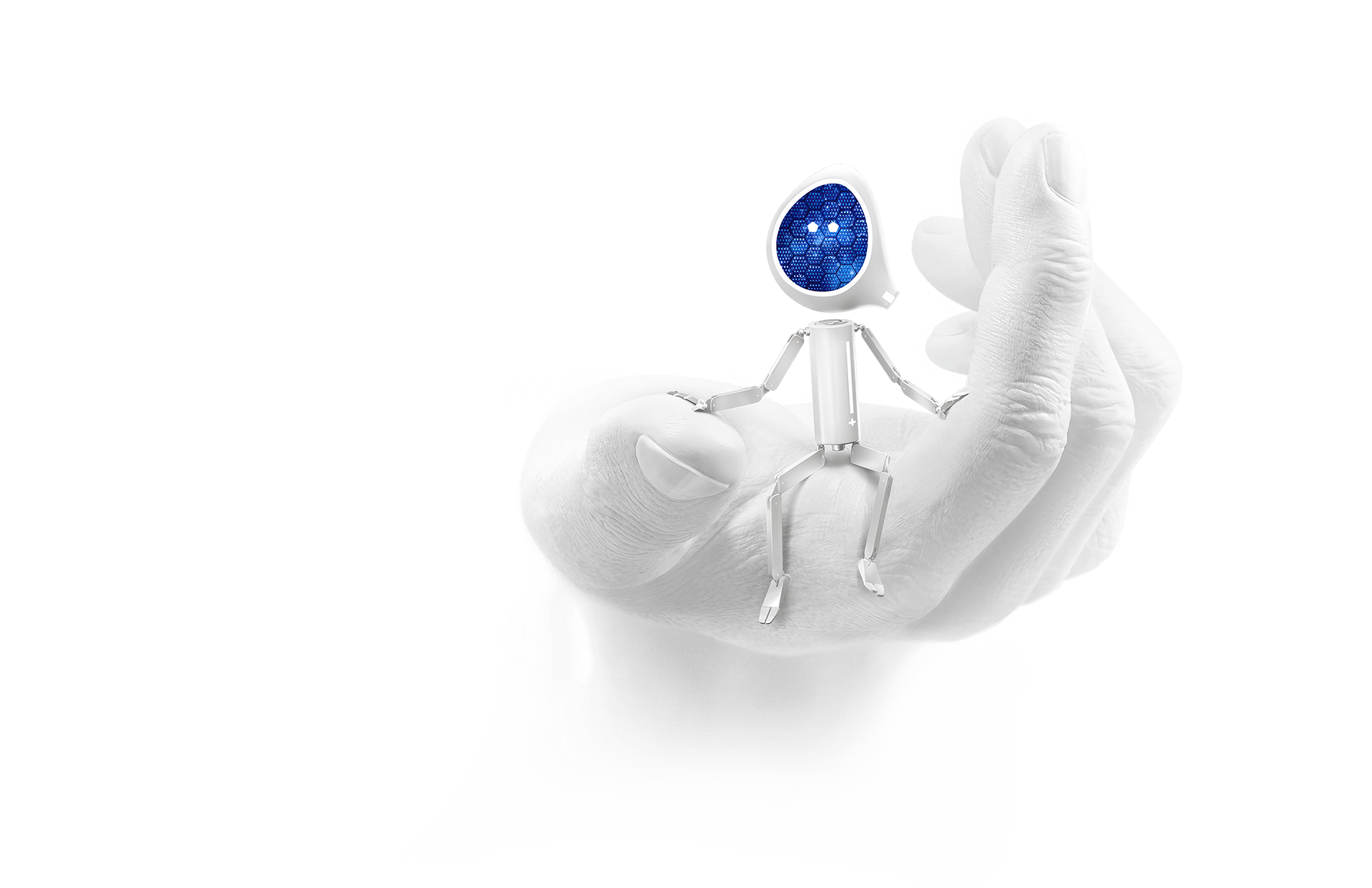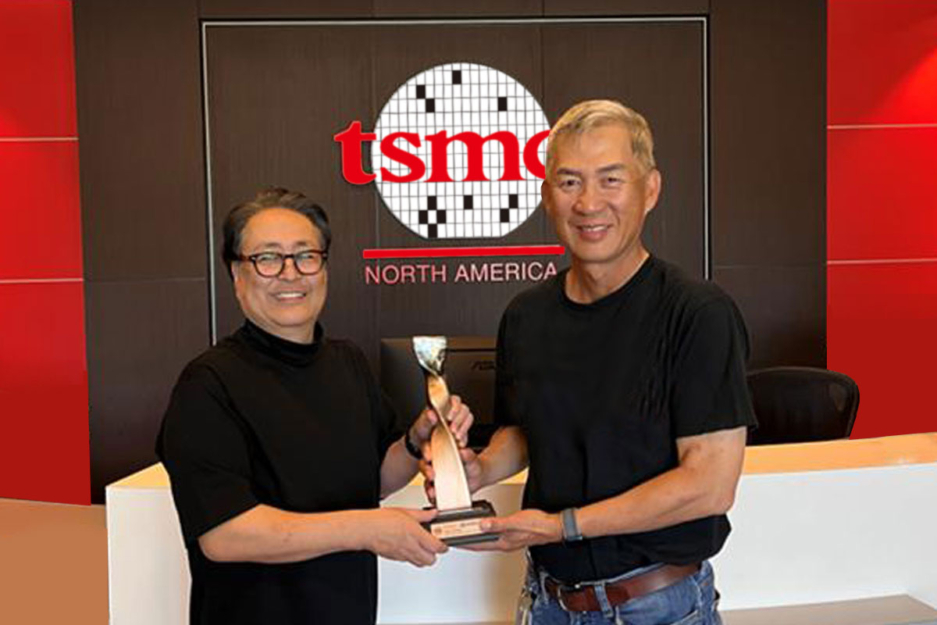Detailed Notes on apollo mcu
Detailed Notes on apollo mcu
Blog Article

The S-IVB also continued to thrust in a very low stage by venting gaseous hydrogen, to keep propellants settled in their tanks and forestall gaseous cavities from forming in propellant feed traces. This venting also maintained Harmless pressures as liquid hydrogen boiled off from the gas tank. This venting thrust conveniently exceeded aerodynamic drag.[citation desired]
Apollo eleven Room-flown silver Robbins medallion The astronauts experienced personal preference kits (PPKs), tiny bags containing private goods of importance they needed to get with them about the mission.
When loaded, considerably much more than 90 p.c on the mass from the phase was propellant; nevertheless, the extremely-lightweight style and design had led to 2 failures in structural testing. In place of getting an intertank framework to separate The 2 fuel tanks as was performed within the S-IC, the S-II applied a common bulkhead which was constructed from equally the best in the LOX tank and base of the LH2 tank.
That has a subscription-free of charge encounter, the Luna Ring Application provides tailor-designed insights into every day exercise overall performance. The engineering marvel is designed to make sure precision with built-in algorithms for Improved health monitoring.
Exams on the Saturn I rocket and flights of boilerplate Apollo Command Modules (CSM) had begun in 1961. And from the start NASA had been using a straightforward and self-obvious naming plan: a letter denoting the rocket and payload and range standing for that rocket form and start variety. There were ten Saturn I launches designated by “S” or “AS” accompanied by a selection from a hundred to one hundred ten.
Other Saturn V derivatives analyzed incorporated the Saturn MLV loved ones of "Modified Launch Motor vehicles", which might have Just about doubled the payload elevate functionality from the standard Saturn V and were being supposed for use inside a proposed mission to Mars by 1980.[ninety three]
Ambiq® introduces the newest addition on the Apollo4 SoC household, the fourth era of SPOT-enabled SoCs. Constructed with a loaded architecture, the Apollo4 Plus delivers Improved graphics efficiency, much better security, and extra on-chip memory. That has a created-in graphics processing unit (GPU) and a superior undertaking Exhibit driver, Apollo4 Plus enables designers of following technology wearables and clever devices to deliver much more spectacular user interface (UI) effects and Over-all consumer knowledge within a safer atmosphere to take their impressive merchandise to the next stage.
“TSMC is delighted to acquire A further thriving collaboration with Ambiq setting up on what we obtained alongside one another ranging from the 40nm technology to generate sensible IoT devices even smarter with extended battery lifetime,” claimed Simon Wang, Senior Director of IoT Small business Progress at TSMC. “Our 22ULL technological innovation complements Ambiq’s layout knowledge with one of the most competitive ultra-small electric power planar technological innovation to permit reduced leakage with Increased computing electric power to assist worth-added IoT capabilities.
"As Ambiq proceeds to diversify and grow its enterprise globally, the middle's IC enlargement serves being a beacon to our determination and investment decision in Singapore, letting us to grow our advancement teams."
The engine shutdown technique was modified for the launch of Skylab in order to avoid damage to the Apollo Telescope Mount. Rather then shutting down all 4 outboard engines at once, they ended up shut down two at a time that has a delay to lower peak acceleration more.[nine] S-II sequence[edit]
Over the mission, the cause was diagnosed because the rendezvous radar change remaining in the wrong place, leading to the computer to course of action facts from both the rendezvous and landing radars concurrently.[121][122] Software program engineer Don Eyles concluded inside of a 2005 Advice and Management Convention paper that the situation was due to a hardware style bug Earlier viewed all through tests of the first uncrewed LM in Apollo 5. Getting the rendezvous radar on (so it was warmed up in case of an emergency landing abort) should have been irrelevant to the pc, but an electrical phasing mismatch concerning two aspects of the rendezvous radar procedure could induce the stationary antenna to look to the pc as dithering forwards and backwards concerning two positions, relying on how the components randomly driven up.
Apollo 4 was an "all-up" test, this means all rocket levels and spacecraft have been completely functional over the First flight, a first for NASA. It was The 1st time the S-IC 1st stage and S-II next phase flew.
The warmth defend was upgraded to Block II benchmarks due to the fact Apollo 4's high-velocity re-entry into Earth's environment was intended to simulate a return with the Moon.[29] Particular gear were set up to permit Mission Management to operate the CSM's units remotely, and there was a digital camera that would mechanically get pictures away from among the CM's Home windows on its last orbit.[thirty] Given that Apollo four carried no crew the CM lacked couches, controls and displays.[31]
After one along with a half orbits, Apollo 11 gets a “go” for what mission controllers contact “Translunar Injection” – To put it differently, it’s time to go to the moon.
Get Smart. Use Less Energy.
Ultra-low power SoCs for IoT endpoint devices
that demand complex operations
and longer battery life.
✍ Ambiq® is committed to further improve the quality of life by enabling the intelligence of endpoints while further reducing carbon footprints. Ambiq – your partner in endpoint intelligence.
✯✯✯Based in Austin, San Jose, Hsinchu, Shenzhen, and Shanghai, our leadership and management teams consist of advocates, builders, enthusiasts, entrepreneurs, explorers, incubators, inventors, pioneers, protectors, thinkers, and visionaries. With a diverse spectrum of experiences and skillset, we came together and united with one goal to enable the true Internet of Things where the battery-powered endpoint devices can truly be connected intuitively and intelligently 24/7.
Ambiq Wins the Demo of the Year Award at 2023 TSMC Technology Symposium
September 7, 2023, Austin, TX – Ambiq®, a leading developer of ultra-low-power semiconductor solutions that deliver a multifold increase in energy efficiency, was awarded the Demo of the Year Award by TSMC as a participant of the Innovation Zone at the 2023 TSMC North America Technology Symposium.
Ambiq Wins the Demo of the Year Award at 2023 TSMC Technology Symposium
During the April event, Ambiq showcased various product design wins using TSMC’s 22nm technology in wearables, digital health, smart home, Industrial IoT, pet trackers, and retail segments, with industry-leading energy efficiency. Ambiq also featured two live demos emphasizing its leadership in enabling endpoint AI with its HeartKit™ for remote patient monitoring and its graphics display capabilities for a vivid user interface. 
TSMC pioneered the pure-play semiconductor foundry business model when it was founded in 1987, helping startup companies accelerate their innovations by providing access to the industry’s leading process technologies and manufacturing capacity. Since 2021, TSMC has expanded that mission with an Innovation Zone at its worldwide Technology Symposiums, highlighting how TSMC partners with Smart watch for diabetics startup companies to enable cutting-edge products from various applications, including high-performance computing, communication, automotive, IoT, and consumer segments.
“We’re grateful to TSMC and our booth visitors for allowing us to share our energy-efficient technology and processor solutions with them,” said Ambiq’s CEO, Fumihide Esaka. “We’re moving towards an exciting frontier of AI becoming more engrained with our daily lives. With that vision on the horizon, we will continue to develop innovative and first-of-its-kind ultra-low-powered solutions that keep innovation and sustainability in mind. 
Ambiq’s mission is to develop the lowest-power semiconductor solutions to enable intelligent devices everywhere by developing the lowest-power semiconductor solutions to drive a more energy-efficient, sustainable, and data-driven world. Ambiq has helped leading manufacturers worldwide develop products that last weeks on a single charge (rather than days), while delivering a maximum feature set in compact industrial designs. Ambiq’s goal is to take Artificial Intelligence (AI) where it has never gone before in mobile and portable devices, using Ambiq’s advanced ultra-low power system on chip (SoC) solutions. Ambiq has shipped more than 200 million units as of March 2023.
Ambiq Designs Low-Power for Next Gen Endpoint Devices
Ambiq’s VP of Architecture and Product Planning, Dan Cermak, joins the ipXchange team at CES to discuss how manufacturers can improve their products with ultra-low power. As technology becomes more sophisticated, energy consumption continues to grow. Here Dan outlines how Ambiq stays ahead of the curve by planning for energy requirements 5 years in advance.
Ambiq Highlights Iot chip manufacturers From Embedded World 2024
Facebook | Linkedin | Twitter | YouTube